Circle Hook Guide for Striper Fishing
With the variety of circle hooks made by every hook manufacturer, there is a dizzying array of hooks to choose from.
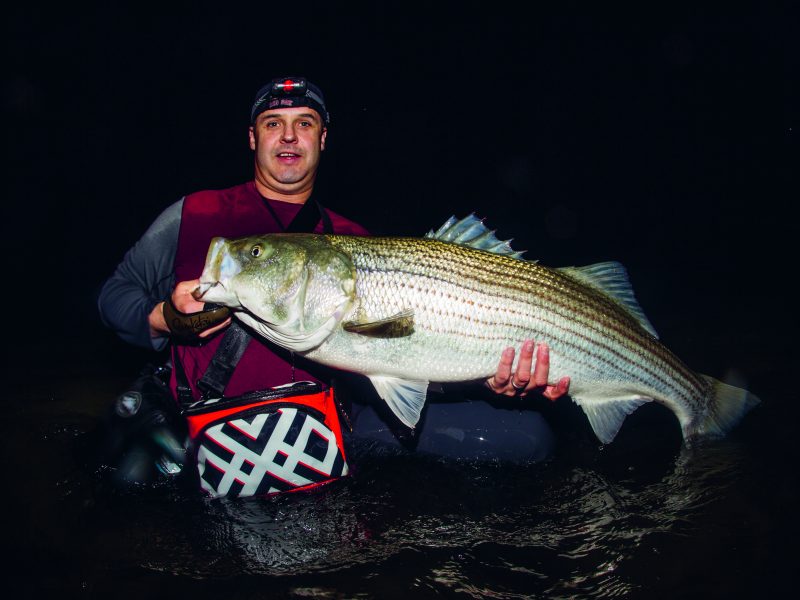
(Note: On The Water is reader-supported. When you buy through links on our site, we may earn an affiliate commission.)
Striped bass anglers are required to use inline circle hooks when fishing with natural baits. The goal is to reduce the release mortality of caught and released striped bass.
While fishermen are eager to help the striped bass population recover, many are asking which circle hooks to use. With the variety of circle hooks made by every hook manufacturer, there is a dizzying array of hooks to choose from. Here are the most important considerations for choosing a circle hook for stripers.
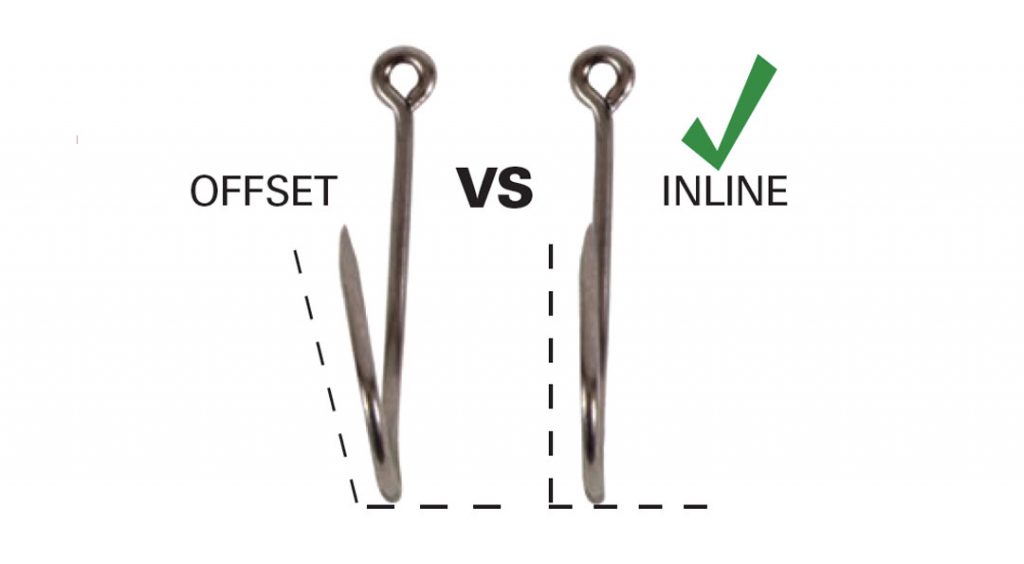
Make Sure It’s Legal
Immediately eliminate any circle hooks that do not comply with the regulations, specifically, offset circles. These hooks are easier to bait, but are more likely to deep-hook a fish than an inline circle.
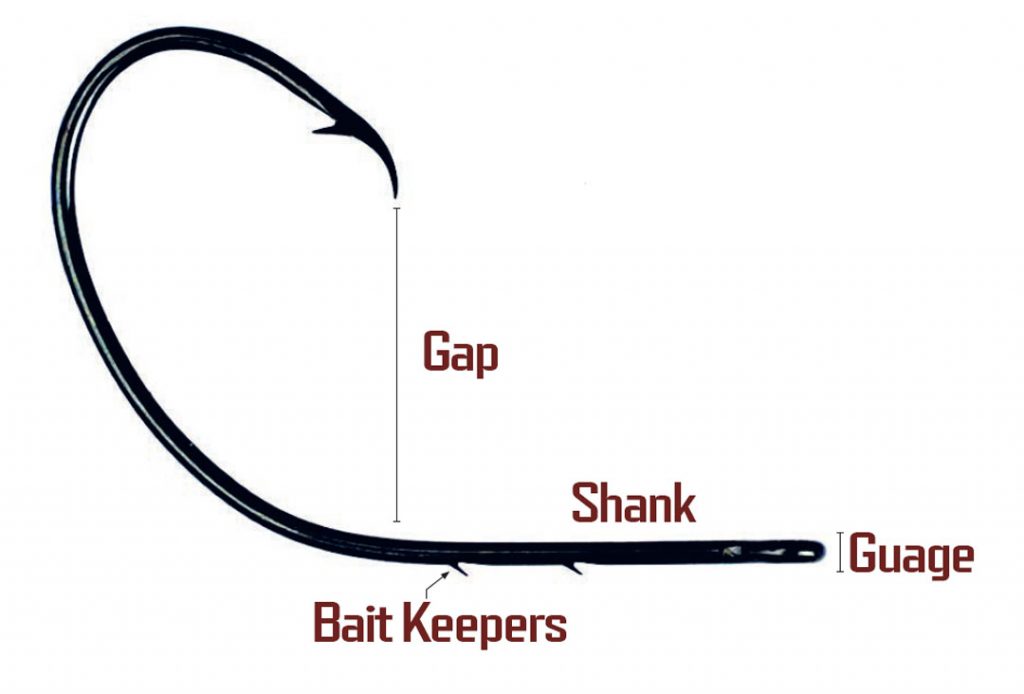
Anatomy of a Circle Hook
Gap
By design, a circle hook has a narrow gap, but gap size does vary between models. This is important for large baits like live and
chunked menhaden. A circle hook with a wider gap will leave enough room to find the corner of a striper’s jaw while accommodating a large bait.
Gauge
The thickness of a circle hook’s wire is an important consideration. Small, soft baits like clams or worms fish best with thinner-wire circle hooks, as these are less likely to tear through the baits. Large baits, like live menhaden, can be fished with a thicker-gauge wire, though wire of a medium thickness will cause less damage to the bait and is sturdy enough for large stripers. Eels are best fished with a medium wire, as a thin hook will tear through the bait on the cast, while a heavy-wire hook can do too much damage to the bait.
Shank
Most circle hooks feature a short shank, which is favored for live baits and cut menhaden that rest in the bend of the hook. Soft baits like clams and worms are threaded onto the shank, so a longer shank is better for these baits.
Other Considerations
Hook manufacturers also make circles with bait keepers (Eagle Claw Pro Baited Circle Sea) and bait stoppers (VMC B-Lok Tournament Circle). These designs keep the bait in place, leaving the hook point free to take purchase in a fish’s jaw. Bait keepers can be helpful with clams and worms, and bait stoppers, like the B-Lok, are useful when bridling large live baits like bunker or mackerel by preventing themt from sliding up the shaft and fouling on the hook.
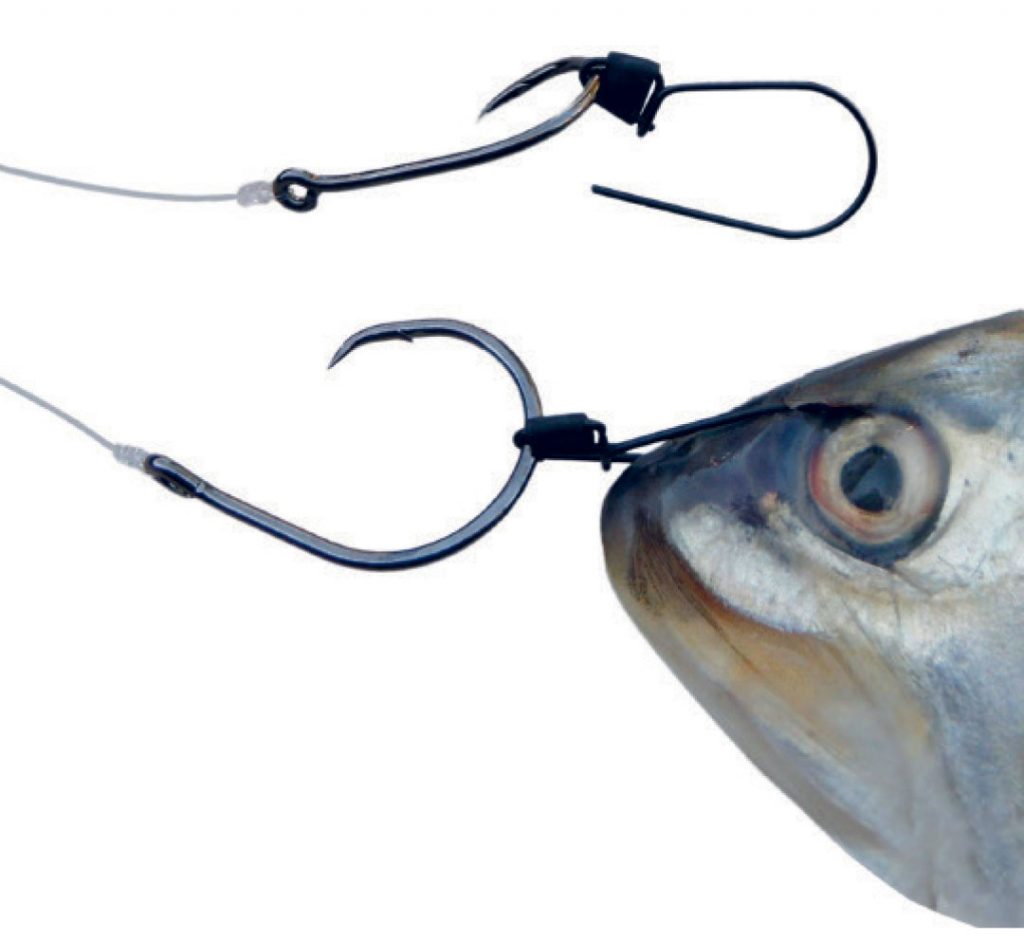
The Benefit of Bridling
Bridling a bait allows it to swim freely, while leaving the hook free for better hook ups. Because the hook isn’t piercing the bait, this also allows anglers to use slightly smaller circle hooks than would be required if hooking the bait through the lips or nose.
Bridling a bunker for striped bass requires an open-eye rigging needle and a small rubber band.
Using the needle, pass the rubber band through the bunker’s snout, just ahead of the eyes. Loop both ends of the rubber band onto the hook, and twist until the bait is snug to the hook. Pass the hook point between the rubber band and the bait and position it so that the bait is sitting at the bend and the hook is pointing up.
Anglers can also use tools like the Ultimate Bait Bridle, to make bridling easier, by adding the bait to a large clip, and then adding the clip to the hook where it is kept in place by a rubber retaining band.
Our Favorite Picks
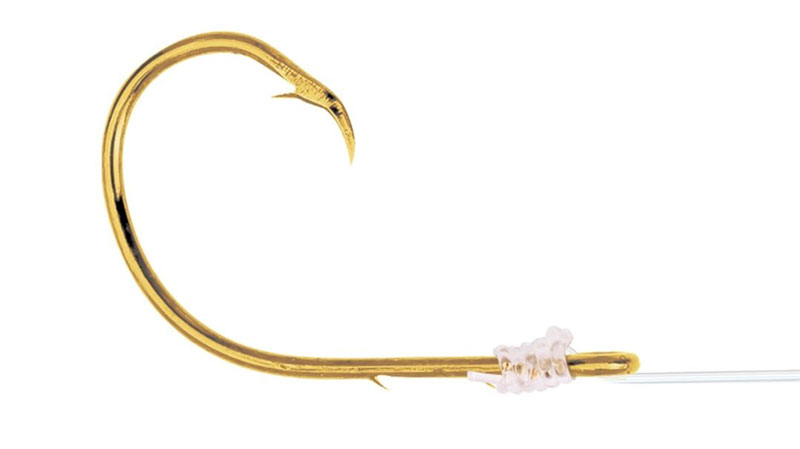
Top Pick for Clams and Worms
Eagle Claw Striped Bass Inline Circle Baitholder Snell
Baitkeepers and a longer shank will present soft baits well while keeping the hook point clear for solid
hooksets.
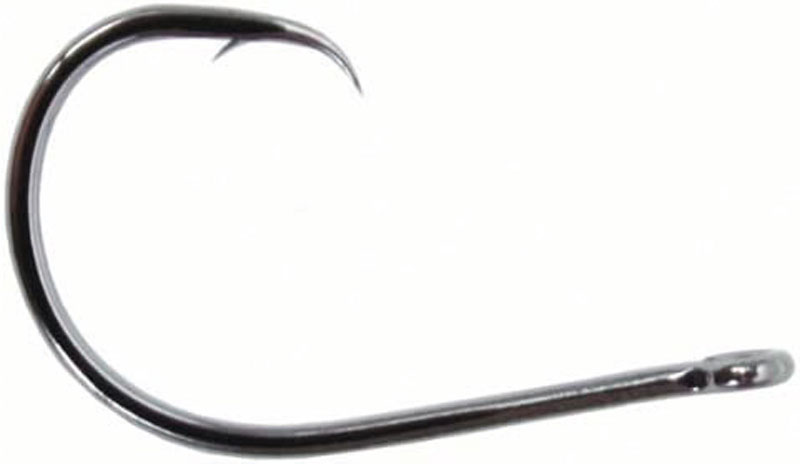
Top Pick For Chunking
Gamakatsu Octopus Circle Straight Eye (Inline Point)
Cut baits sit well on this sturdy hook, while the straight eye works with a variety of knots.
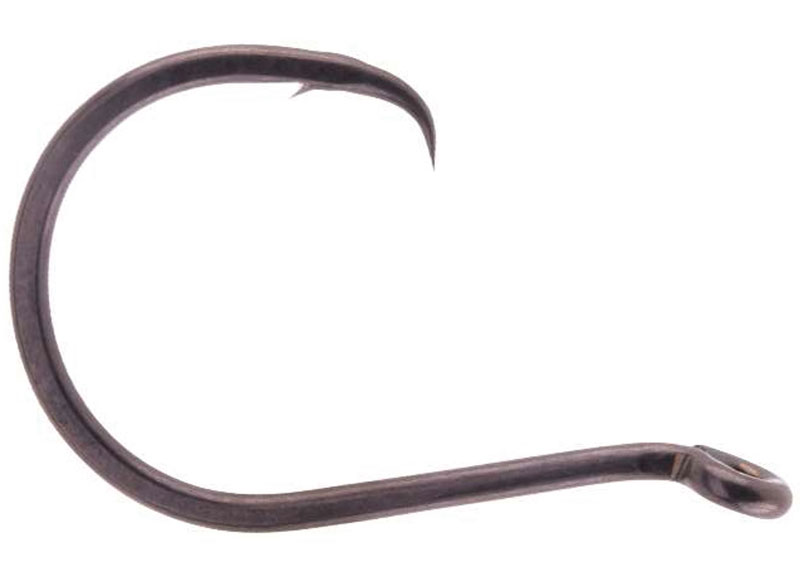
Top Pick for Eels
BKK Hybrid Circle Sizes 6/0-8/0
With a perfect wire thickness for casting eels and a wider gap, these circles are ideal for eel fishing from boat or surf.
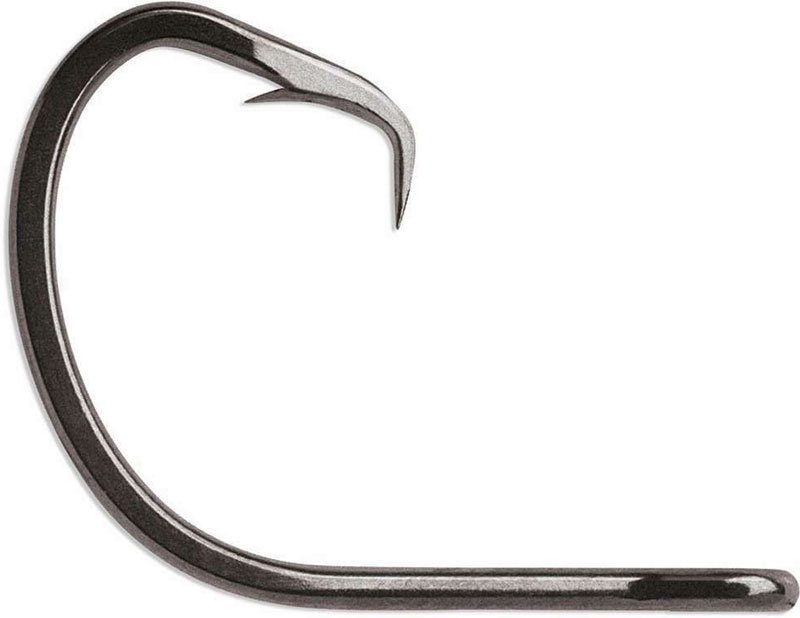
Top Pick for Live Bunker
VMC 8386 Tournament Circle Hook 3X 8/0-10/0
A heavier wire and a wide gap makes this hook perfect for large baits and the big stripers that eat them.
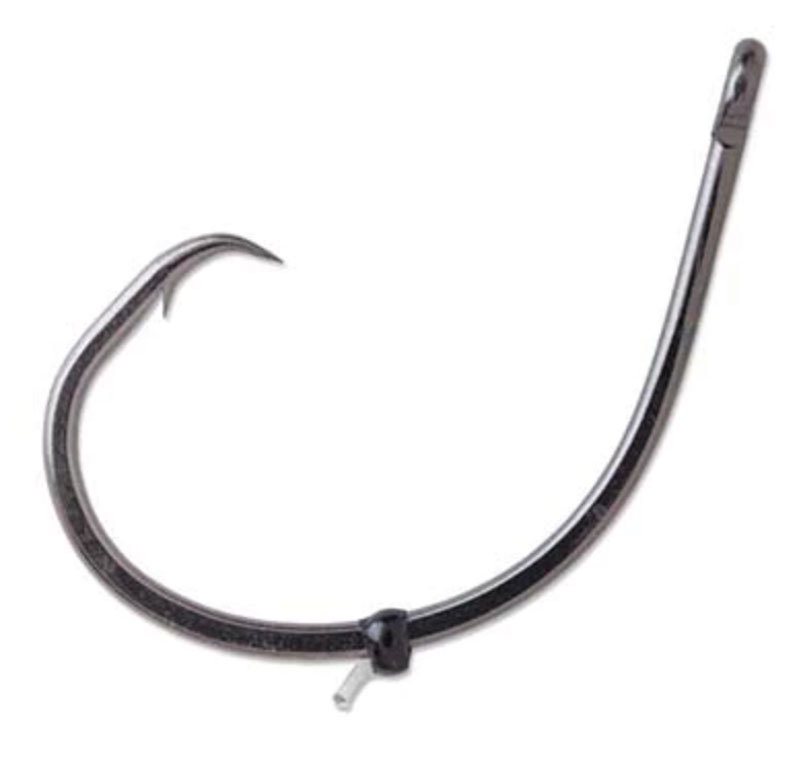
Top Pick for Bridling Baitfish
VMC B-Lok 7385LKCB Tournament Circle
A fluorocarbon bait-stopper keeps a bridled bait sitting at the bend of the hook, preventing the hook from folding over and fouling the bait.
4 on “Circle Hook Guide for Striper Fishing”
-
Moreland Shultis Excellent crossover article for those fishing for Cats and Pike, especially through the ice.
-
Don Goebel very helpful thankyou!
-
-
Capt. Pete Rosko Question…Why is there a barb on the circle hook when the configuration of its hook point already acts as a barb? I have seen to many “hook & release” fish traumatized in attempts to remove a barbed circle hook. This hook is not legal in Washington State when salmon fishing. Capt. Pete
-
Eugene O’Brien Like the idea of the bait stopper component of the last hook mentioned. It made me want to reread the article about the method of double snelling of a hook that was invented by tuna fishermen to prevent chafing of the line (and to stop it from breaking) at the eye of the hook at the spot where the eye of the hook closes upon shaft. Can you direct me to that article? I’ve been a subscriber for many years and couldn’t find it on the website. Thanks.
Leave a Reply